Dive deep into the infamous ship’s fascinating history with Titanic VR.
The golden rule for creating compelling VR content is that you should allow people to experience something that would be either impossible or too dangerous, expensive and/or difficult to do in real life. Placing you in a lifeboat in 1912 to witness the RMS Titanic sinking into the cold dark waters of the Atlantic, then letting you explore the wreck which now lies 12,500 feet below the surface, it’s safe to say Titanic VR more than meets the qualifications.
The game was produced by Immersive VR Education (IVRE), a VR/AR studio based in Ireland which previously released the award-winning Apollo 11 VR moon landing experience back in 2016, and, more recently, an experience commissioned by the BBC commemorating the 100th anniversary of the RAF 1943: Berlin Blitz.
Immersive VR Education was founded by husband-wife team David (CEO) and Sandra (COO) Whelan in 2014 after creating a virtual learning platform called ENGAGE for various universities and corporate educators. Since then, their team has grown from 4 to 34 and have worked with prestigious clients such as the Royal College of Surgeons in Ireland, the BBC and Oxford University.
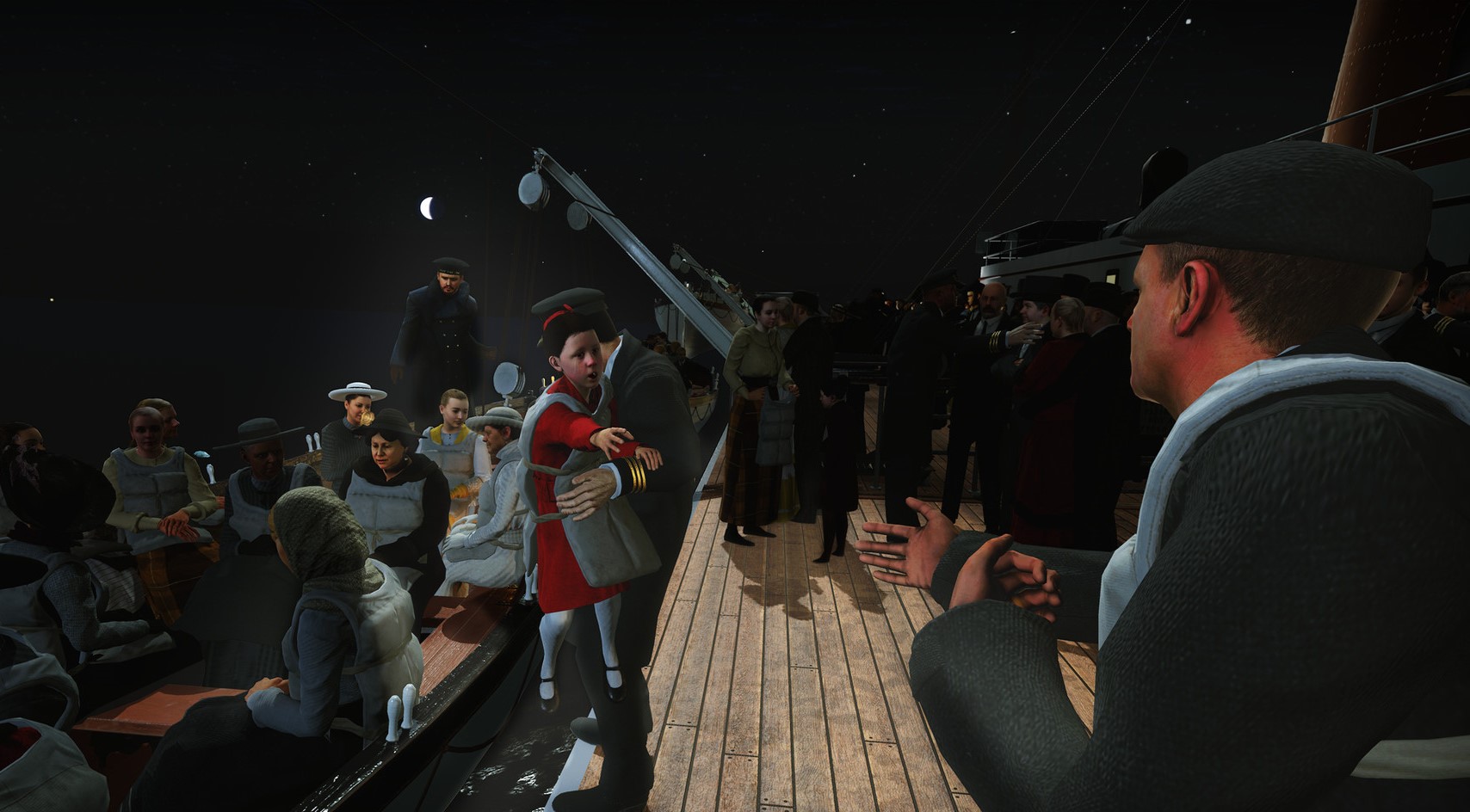
“We wanted to create an accurate portrayal of events, so it is not only educational, but also emotional and very engaging,” says David Whelan. “To achieve that we used motion capture, face-scanning technology and professional voice actors to immerse users in the story and enable them to relate to the people involved.”
The story of the unsinkable ship and its 1,503 doomed passengers and crew is told from a first-person perspective of one of the survivors, and the animation sequences; which show people being loaded onto the lifeboats and then the ship sinking from the POV of one of the lifeboats, were all created using eye-witness accounts.
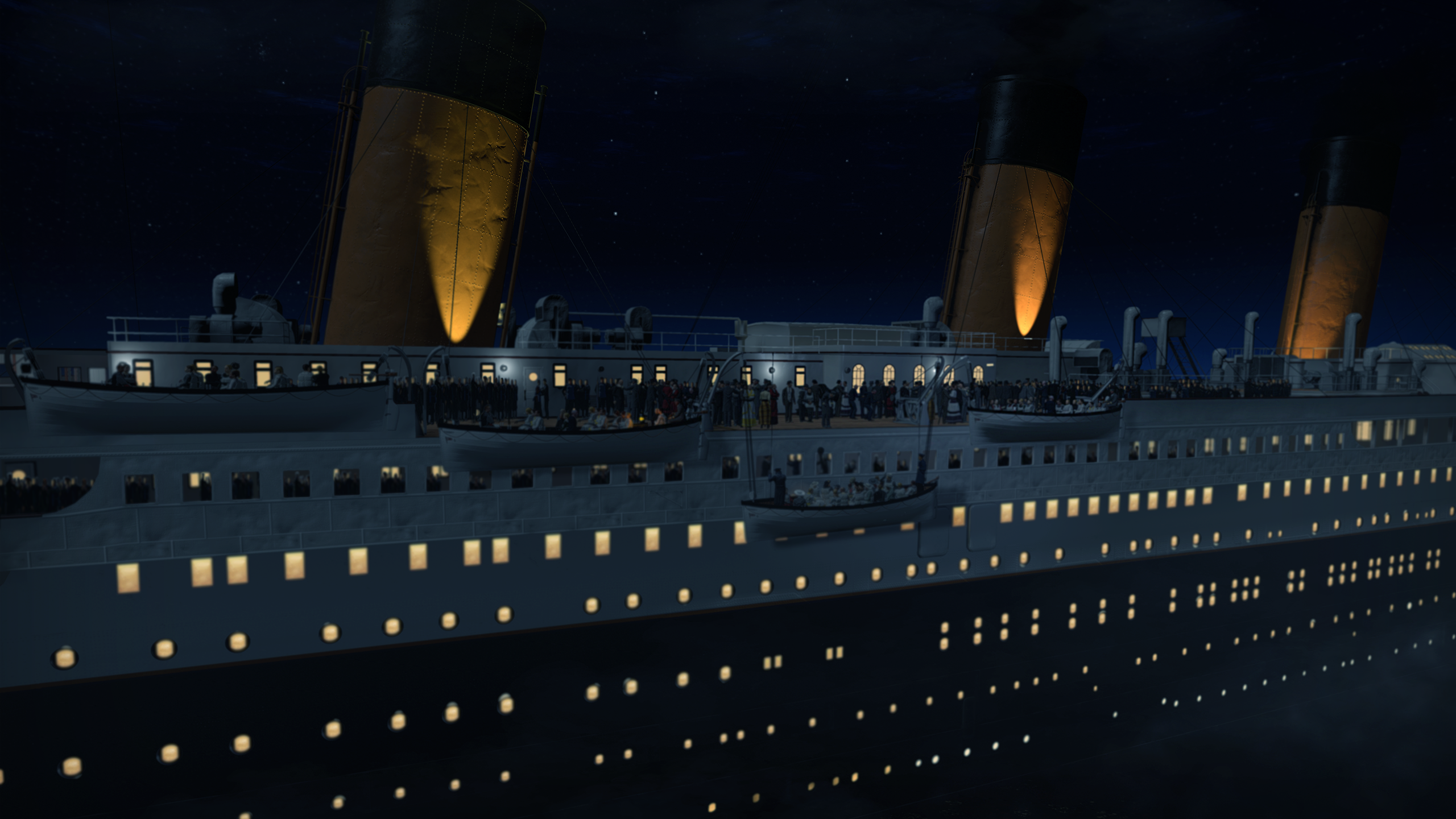
This is an unusually long VR experience, featuring six hours of educational gameplay. The project has been in the works for two years now, and is the culmination of a lengthy process that involved raising almost $70,000 through a Kickstarter campaign last year. Overall, the game took over 8,800 working hours to create and boasts the largest virtual cast of animated characters based on real individuals inside a single VR experience.
“We wanted to create an authentic experience for users around a topic and setting in history that has long captivated people’s imagination. While the technology is advanced, what we are really doing is bringing learning back to basics,” adds David Whelan. “As children we learn to navigate the world through immersive experiences – think of learning a language or learning to cycle, or as we grow older going travelling and backpacking – the sights and sounds that often go unnoticed by our attention, are all taken in peripherally and form a whole context for our physical and mental learning”
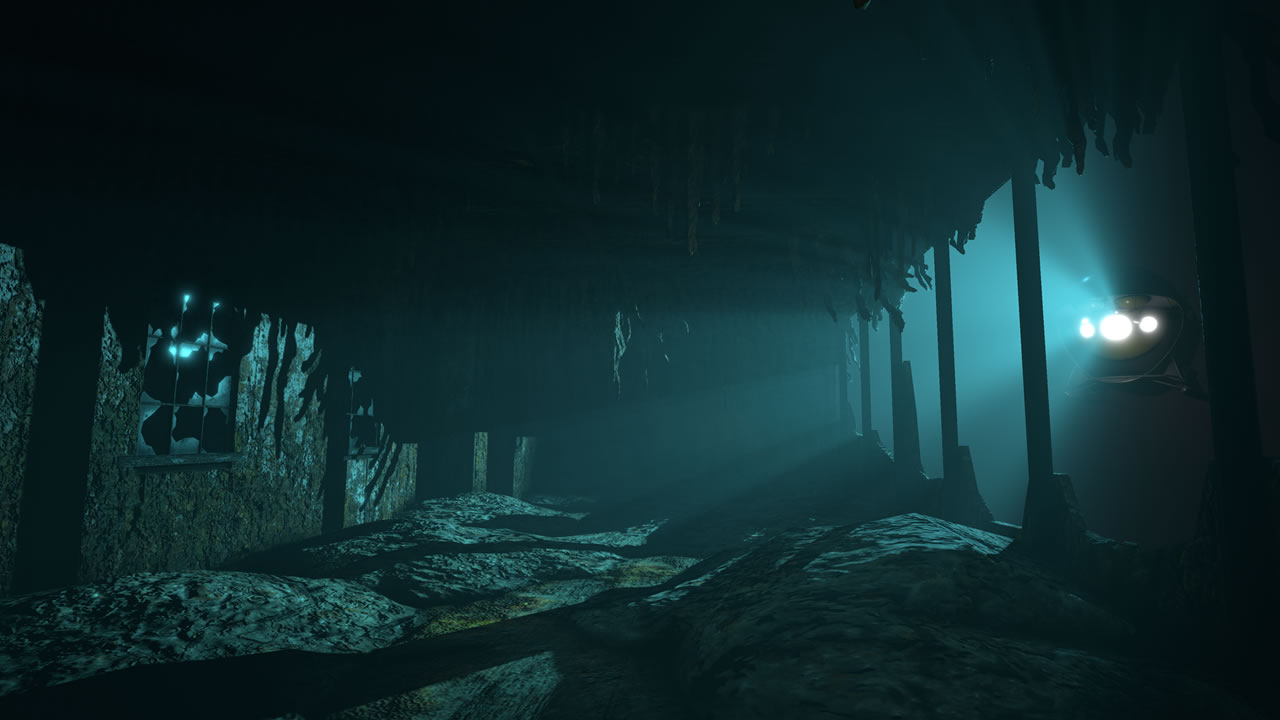
“Learning through VR/AR is similar, in that it’s an absorbing, sensory experience. Aside from being great fun, this project is a fantastic way to illustrate the effectiveness and potential of VR/AR technology for educational purposes.”
The second part of the experience challenges you to explore the wreck using a submersible and ROV. A “Mission Mode” challenges you to solve various quests, including rescuing a lost ROV, designing a photo mosaic, placing research equipment, and cleaning and preserving recovered artifacts. If that all sounds like too much work, however, you’re also free to just look around the shipwreck at your leisure.
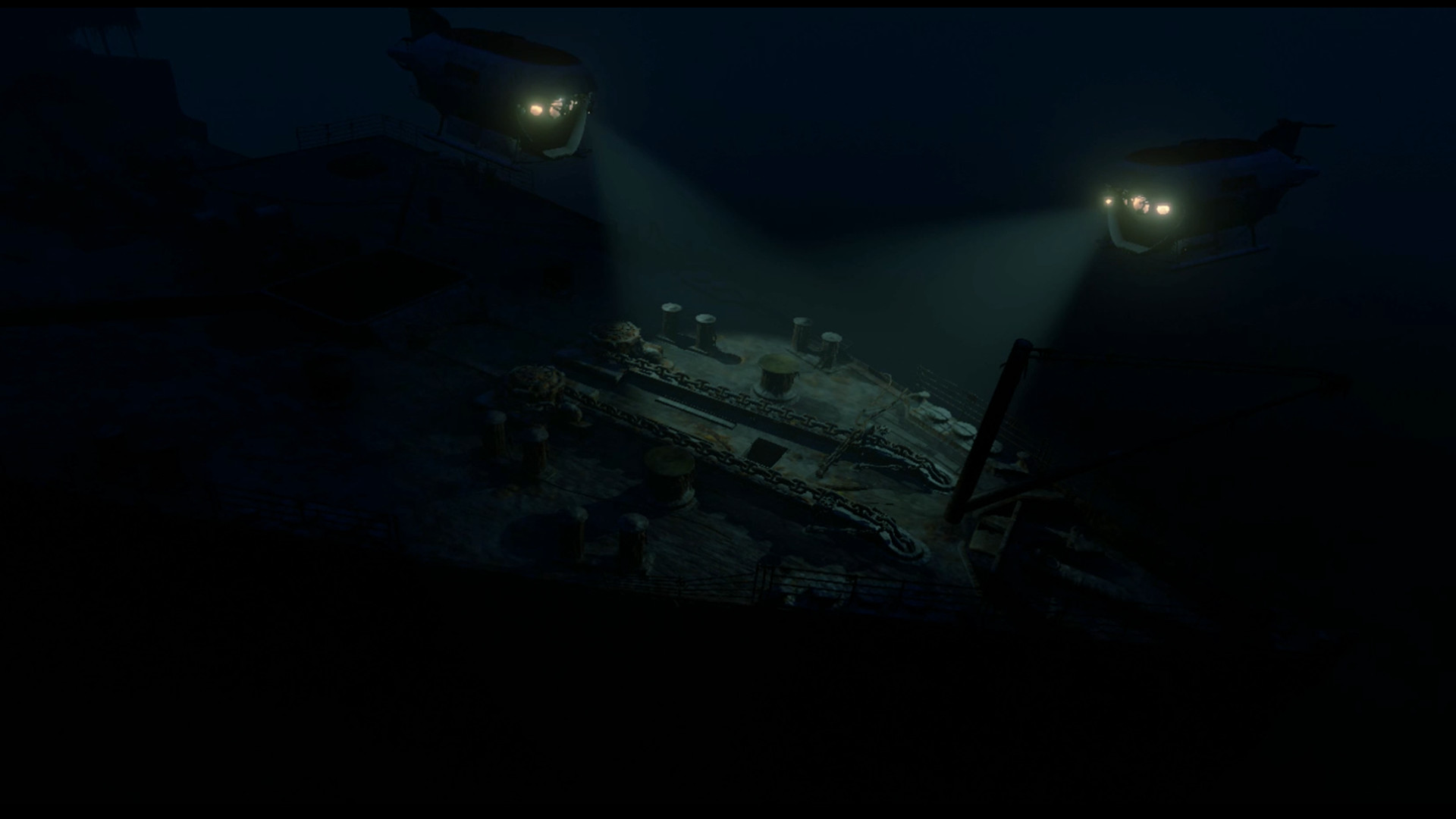
There is a lot of attention to detail throughout this well-crafted experience, and it comes through as a labour of love. The team was even sure to include a poignant tribute to the projects Lead Environment Artist, Tony Meredith, who recently passed away:
“Tony was a much loved and now much missed member of the team, whose final creative and powerful artistry on Titanic VR will continue to serve as testament to a truly gifted master of VR art production,” the release statement reads.
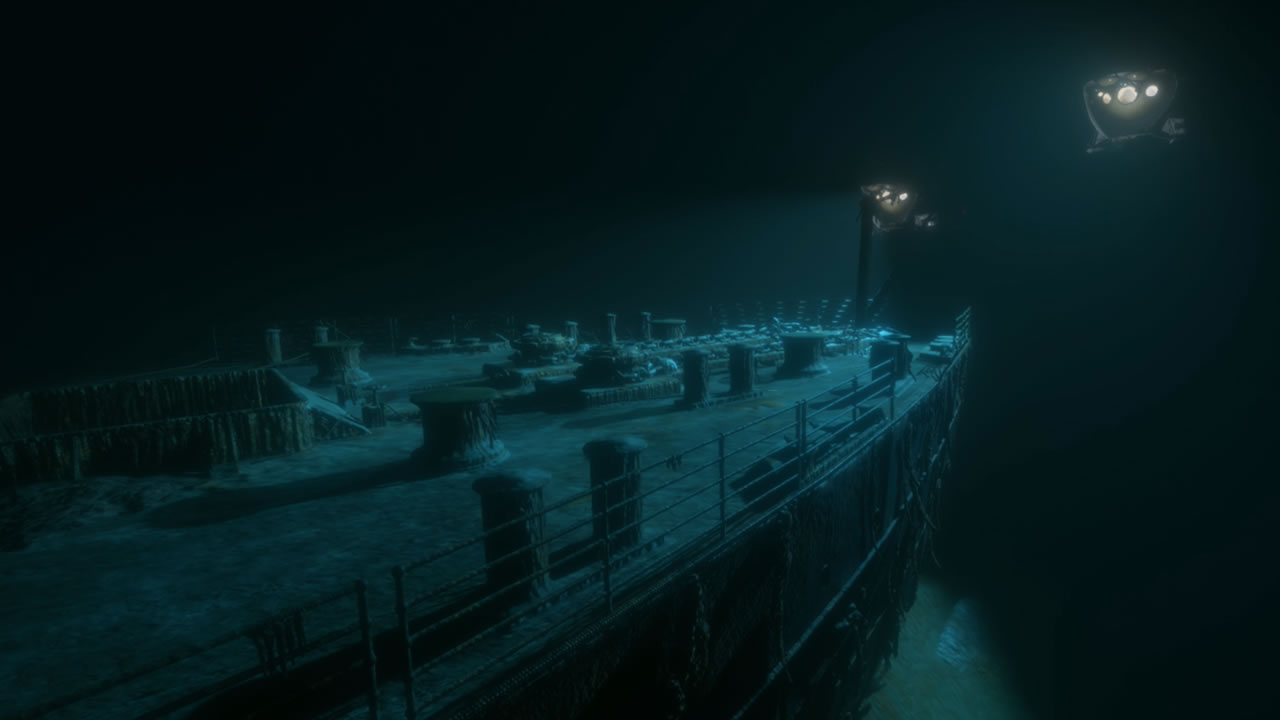
While experiences such as these are certainly effective showcases for the potential of VR Education, they are only the start of the company’s much more ambitious plans to “revolutionise education globally” (Their parent company VR Education Holdings plc was recently floated on the London Stock Exchange and is now publicly listed on the AIM market ). As Chief Operating Officer Sandra Whelan explains:
“We are dedicated to advancing how educational and enterprise training content is shared and consumed on a world-wide basis”.
Titanic VR is currently available for Oculus Rift, HTC Vive and Windows Mixed Reality as well as standard desktop. There are also plans to release it on PlayStationVR next month.
Image Credit:Immersive VR Education Ltd
The post Exploring The RMS Titanic In VR appeared first on VRScout.
from VRScout https://ift.tt/2w9Gfgn
via IFTTT
No comments:
Post a Comment